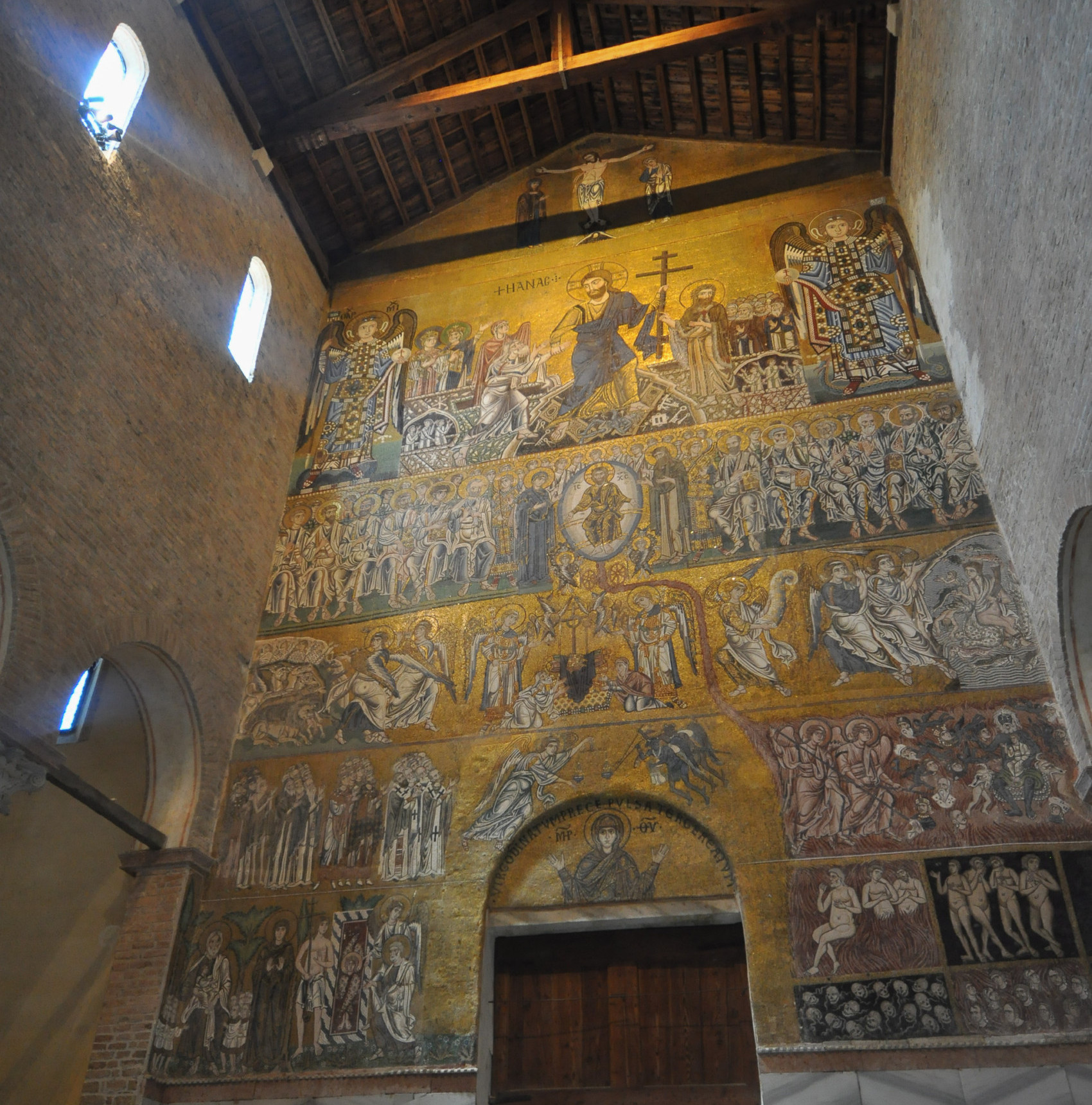The Island of San Lazzaro degli Armeni
For many years, San Lazzaro degli Armeni remained mostly secret, tucked away in the Venetian Lagoon not far from the Lido. Slowly, word of this living treasure of enormous value and importance has reached the world.
A Blending of Culture
Giovanni Il Cornaro, one of two members of the Mocenigo family who became Doge, ruled Venice in the early 18th Century. He granted protection to a group of seventeen refugee Armenian monks ousted from Greece’s Peloponnese by Turkish occupiers in 1715. At that time, the Venetian State had banned religious orders in the canal-narrow confines of Venice city proper. However, an island provided an alternative option. The Venetian Senate gave the monks an island within sight of St. Mark’s Square. That island, once home to a leper colony, became known as San Lazzaro degli Armeni, The Island of St. Lazarus of the Armenians.
Why all this history? Well, in order to better understand the treasure that, today, rests securely within a very modern library, it helps to have a framework in which to understand the gifts these monks gave to Venice and the world.
Mekhitar, whose name means Comforter, led the small group of Armenian monks to Venice and founded the Venetian order. The monastery is now one of only three extant centers of Armenian culture: San Lazzaro, Echmiadzin near Yerevan in Armenia, and Vienna.
Two libraries, the island’s greatest treasures, stand at the heart of the Monastery. The larger of the two contains more than 150,000 volumes, including a core collection of priceless texts and Mekhitar’s personal library. The texts and manuscripts cover a wide range of topics including Armenian language, religion, and culture. The other, housed in a more modern structure, contains over 4,500 masterpieces of illuminated manuscripts. Scholars can access these wonderful libraries by appointment only.
In addition to collecting works of cultural importance, the monks also established a book press on the island. From the mid 16th century until 1991, they printed innumerable books with a primary Armenian focus.
Lord Byron
A brief aside for those with a passion and interest in the work of Lord Byron. He arrived in Venice in 1816 and took up acquaintance with the monks. He eventually spent time on the island, studied the Armenian language, and assisted in the compilation of an English-Armenian language grammar reference. In 1817, Byron removed himself from Venice and the fellowship of the monks, heading to Greece. In 1824, he succumbed to a fever while living in Missolonghi. Some of Byron’s personal items remain at San Lazzaro: a pen, desk, and chair he used along with his bed and some other miscellaneous objects. On the island, visitors will find a memorial marker honoring his kindnesses to the monks of San Lazzaro.
Torcello, Birthplace of Venice
Arriving on the island of Torcello, after the crowds and noise of Venice, is a wonder. Upon debarkation at the recently restored dock, visitors follow the brick pathway along the island’s only navigable canal. Along the way, you will pass the Ponte del Diavolo (Devil’s Bridge) and an Osteria of the same name.
Rich History on a Tiny Island
You begin to feel the years fade back to the time of Venice’s founding. What brings people to an island home to only sixteen year-round residents? This island has been inhabited for more than one thousand years. Within the Cathedral of Santa Maria Assunta, one of the island’s main structures, the remains of Saint Heliodorus, first Bishop of Altium, rest buried beneath the main altar. As you approach that area of the church, you will see the open sarcophagus; vestments and gold cover the body of the saint. The Final Judgement on the eastern wall of the cathedral, a work that took more than two hundred years to complete, will take your breath.
Torcello Today
Despite the sense of history, the island has established some modern conveniences to support tourism. The Locanda Cipriani — owned by the same family of Venice’s famed Hotel Cipriani, the island’s only full-service hotel — offers an oasis of calm and comfort. If you arrive early, before the cathedral opens at 10:00AM, you will experience a profound sense of history and mystery unlike most islands in the lagoon. Groups of pilgrims and tourists usually begin arriving around 10:30AM each day. Arrive at the cathedral ticket office when it opens at 10:15AM to enjoy your visit with little interruption from those crowds. I highly recommend a visit to this treasure of a place while you are visiting bella Venezia.




